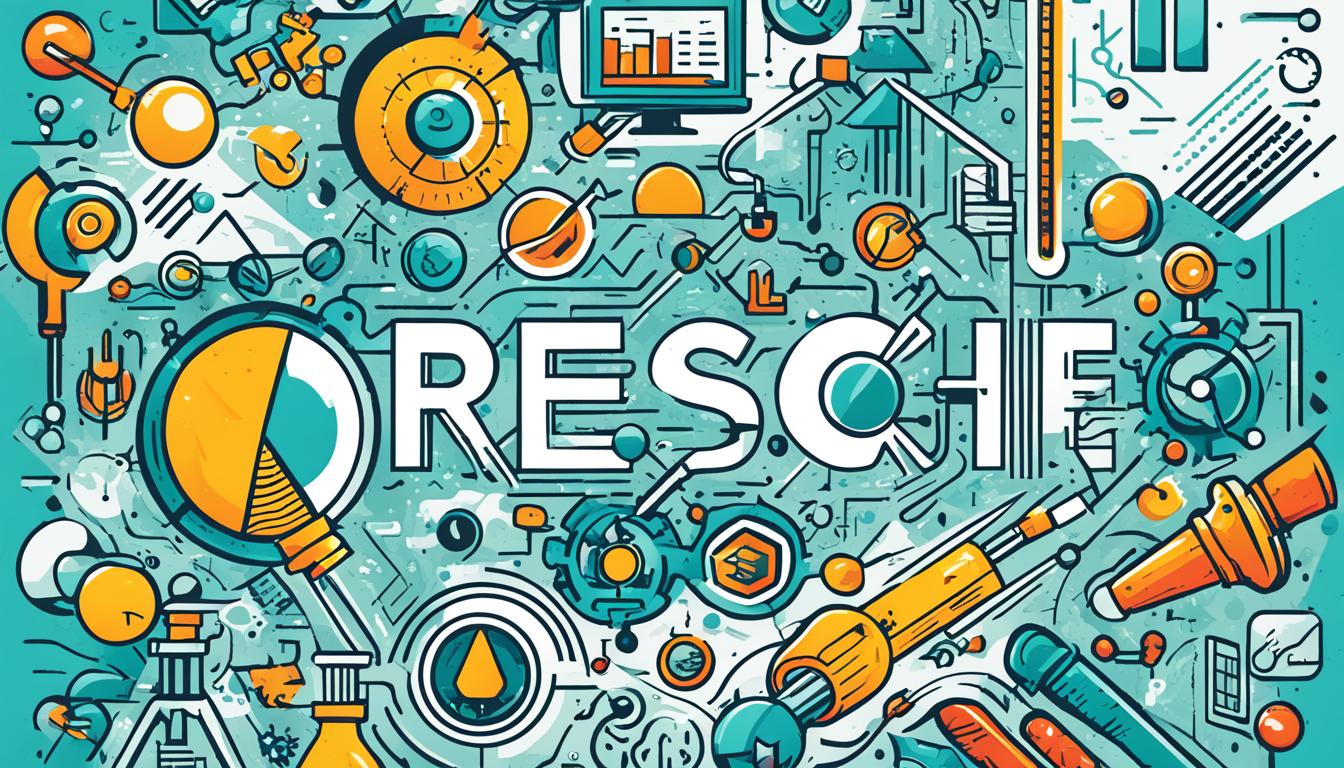Incorporating cultural fit into your business plan is key to building a resilient and motivated team aligned with your core values and long-term goals. It boosts employee engagement, reduces turnover, and fosters innovation by attracting candidates who resonate with your ethos. To measure it, use behavioral interview questions, employee surveys, and ongoing feedback to assess team alignment. If you’d like to discover effective strategies for embedding and tracking cultural fit, keep exploring these insights.
Key Takeaways
- Incorporating cultural fit attracts aligned candidates, reducing turnover and boosting engagement and productivity.
- Embedding cultural values in planning fosters innovation and resilience in navigating business challenges.
- Measuring cultural fit through surveys and behavioral assessments ensures ongoing alignment and organizational health.
- Promoting diversity alongside shared values enriches company culture and enhances creative problem-solving.
- Continuous evaluation and reinforcement of cultural fit sustain a strong, committed workforce aligned with strategic goals.

Have you ever wondered why some startups thrive while others struggle to find their footing? A big part of that success hinges on cultural fit—how well your team aligns with your company’s values, mission, and working environment. Including cultural fit in your business plan isn’t just about hiring practices; it’s about shaping a foundation that boosts employee engagement and fosters diversity inclusion. When your team shares a common purpose and respect for each other’s differences, productivity soars, and innovation flourishes. That’s why you should explicitly consider cultural fit from the start, making it a core component of your strategic planning.
Incorporating cultural fit into your business plan helps you attract candidates who genuinely resonate with your company’s ethos, reducing turnover and increasing engagement. Employees who feel connected to the company values are more likely to be committed, motivated, and willing to go the extra mile. To measure this, you can develop clear criteria based on your core values and use behavioral interview questions to assess alignment during hiring. Regular feedback sessions and employee surveys also serve as vital tools to gauge whether your team continues to feel aligned and engaged over time. Recognizing signs of misalignment early allows you to intervene, adjust onboarding processes, or refine your cultural messaging to foster a stronger sense of belonging.
Diversity inclusion plays a crucial role in cultural fit by broadening your perspective and enriching your company culture. While it might seem counterintuitive, a focus solely on similarity can hinder diversity, so you need to strike a balance. You want a team that shares your core values but also brings varied backgrounds, ideas, and experiences to the table. To measure how well your organization promotes diversity inclusion, track metrics like demographic data, participation in inclusion programs, and employee perceptions of belonging. Conduct anonymous surveys that ask how inclusive employees feel and whether they believe different perspectives are valued. These insights help you refine your hiring and onboarding strategies, ensuring your cultural fit isn’t homogenous but truly inclusive. Additionally, fostering an environment where attention and intentionality in creative practice are valued can further support innovative thinking within your team.
Ultimately, embedding cultural fit into your business plan isn’t a one-time task. It’s an ongoing process of assessment, adjustment, and reinforcement. When you prioritize it, you’re creating a workplace where employee engagement thrives and diversity inclusion becomes a strength, not a challenge. This proactive approach helps you build a resilient, innovative team capable of navigating challenges and seizing opportunities. Remember, the right cultural fit can be your secret weapon for long-term growth and success—so make it a deliberate, measurable part of your business strategy.
Frequently Asked Questions
How Does Cultural Fit Impact Employee Retention?
You might notice that strong cultural fit guarantees employee retention by enhancing team cohesion and employee satisfaction. When individuals align with your company’s values, they’re more likely to feel connected and committed. This reduces turnover, saves hiring costs, and fosters a positive work environment. Prioritizing cultural fit ensures your team remains cohesive, motivated, and engaged, leading to long-term retention and overall business success.
Can Cultural Fit Vary Across Different Industries?
You’ll find that cultural fit can vary across industries due to differences in industry adaptability and cross-cultural dynamics. For example, tech startups may prioritize innovation and flexibility, while healthcare emphasizes teamwork and compliance. Understanding these nuances helps you tailor your hiring process, ensuring new employees align with your industry’s unique cultural expectations. Recognizing these differences enables you to build a cohesive team that thrives within your specific industry environment.
What Are Common Mistakes When Assessing Cultural Fit?
When evaluating cultural fit, you might overlook team dynamics or ignore diversity challenges. Common mistakes include favoring candidates who mirror your existing team’s traits, which stifles innovation. You may also focus too much on personality matches, neglecting skills and values. This approach can create homogeneity and hinder growth. Instead, prioritize understanding how candidates will contribute to a balanced, inclusive environment that promotes collaboration and respects differing perspectives.
How Does Cultural Fit Influence Company Innovation?
Imagine a vibrant mosaic where every piece sparks new ideas—cultural fit shapes this. When you prioritize it, you foster team cohesion and encourage diverse perspectives, fueling innovation. A cohesive culture creates a safe space for experimentation, while diversity enhancement brings fresh insights. Together, they ignite creativity, helping your company adapt and thrive in a competitive landscape. Your focus on cultural fit directly boosts your team’s inventive potential.
Is Cultural Fit More Important Than Skills?
You might wonder if cultural fit outweighs skills, but both matter. Personality traits and cultural alignment shape how well someone integrates into your team. While skills are essential for performance, cultural fit guarantees collaboration and long-term success. Prioritizing personality traits that align with your values creates a cohesive environment. Ultimately, balancing skills with cultural fit leads to a more innovative, engaged, and resilient organization.
Conclusion
Incorporating cultural fit into your business plan is like planting a sturdy seed that grows into a flourishing tree. When your team’s values align, everything flows smoothly—like a well-conducted symphony. Measure it wisely, nurture it consistently, and watch your company thrive amidst a landscape of shared purpose. Remember, a strong culture isn’t just the roots beneath; it’s the vibrant leaves above, reaching for success with every beat of your shared rhythm.









